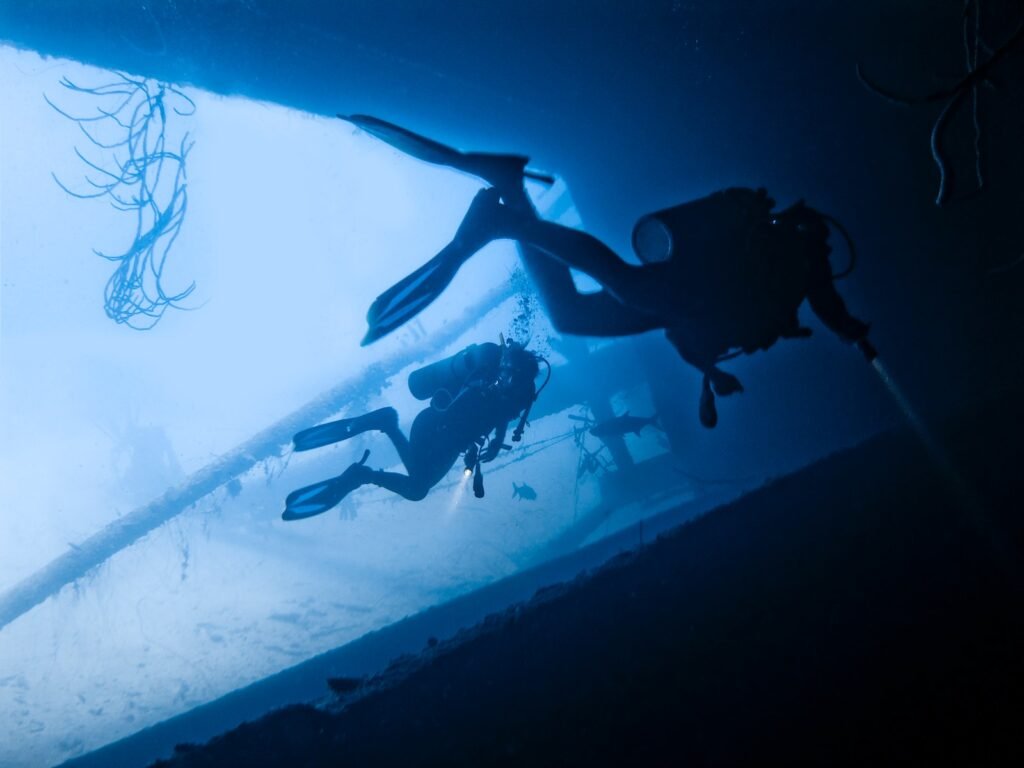Unveiling Maritime Mysteries: A Guide to Discover Shipwrecks
The vastness of the world’s oceans holds countless untold stories and hidden treasures, waiting to be discovered by those brave enough to explore its depths. Shipwrecks, relics of the past that lie beneath the waves, are a source of fascination for many. Unraveling the mysteries they hold requires both passion and skill, and one invaluable tool that aids in this quest is the trusty metal detector. In this guide, we will delve into the enchanting world of maritime archaeology and reveal the techniques and thrills associated with discovering shipwrecks with metal detectors.

A Treasure Hunter’s Dream: Unearthing Secrets of the Seas
For treasure hunters and explorers alike, few things can compare to the excitement of unearthing the secrets of the seas. Shipwrecks are not just physical remains of maritime disasters; they are gateways to history, carrying stories of lives lost and bygone eras. From ancient vessels that sailed the Mediterranean to sunken warships from World War II, each shipwreck holds a unique tale waiting to be discovered.
Unlocking History: Exploring the Depths with Metal Detectors
Metal detectors have revolutionized the world of underwater exploration, enabling us to uncover history with much greater precision and efficiency. These devices are designed to detect and pinpoint underwater metal objects, making them essential tools for maritime archaeologists and treasure hunters alike. By emitting electromagnetic waves and analyzing the resulting signals, metal detectors can alert divers to the presence of buried artifacts, allowing for systematic exploration and preservation of historical sites.
From Anchors to Artifacts: Tracing Lost Vessels Beneath Waves
When a ship succumbs to the depths, it takes with it not only its crew but also a wealth of artifacts that provide invaluable insight into the past. By using metal detectors, explorers can locate and retrieve these lost treasures. From anchors and cannons to coins and personal belongings, the artifacts found within shipwrecks help build a comprehensive picture of the vessel, its crew, and the time period in which it sailed.
Navigating the Unknown: Techniques for Locating Shipwrecks
Locating shipwrecks in the vast expanse of the ocean can be a daunting task. However, with the right techniques, the chances of success increase significantly. One common method is to study historical records, maps, and accounts of shipwrecks to narrow down potential search areas. Additionally, advanced sonar systems and satellite imaging technology can aid in identifying anomalies on the ocean floor that may indicate the presence of a wreck. Once a potential site is identified, metal detectors become indispensable tools for confirming the presence of metal objects and determining the exact location of the shipwreck.
Uncovering Forgotten Tales: The Thrill of Maritime Archaeology
The thrill of maritime archaeology lies not only in the discovery of shipwrecks but also in the preservation and interpretation of the artifacts found within. Each find tells a story, a glimpse into the lives and events that shaped our world. Archaeologists meticulously document and analyze their discoveries, piecing together the puzzle of the past. The excitement of unearthing forgotten tales and shedding light on lost civilizations is what draws many to this captivating field of exploration.
Unveiling maritime mysteries and discovering shipwrecks with metal detectors is a truly awe-inspiring endeavor. It allows us to connect with the past, preserving the memories of those who sailed the seas long ago. With each find, we deepen our understanding of history and the human experience. So, join the ranks of maritime explorers and embark on a journey to uncover the treasures that lie beneath the waves. There are many shipwrecks of course. Who knows what hidden wonders await?
